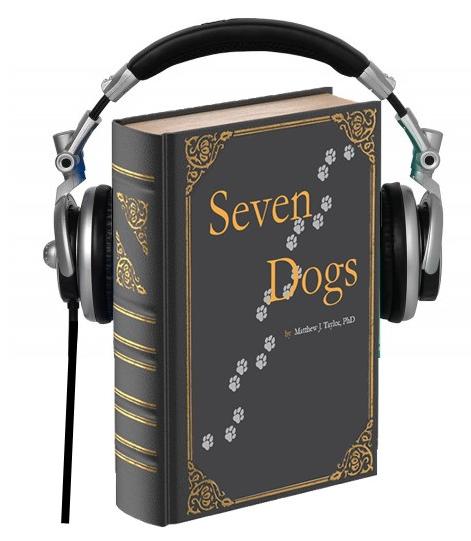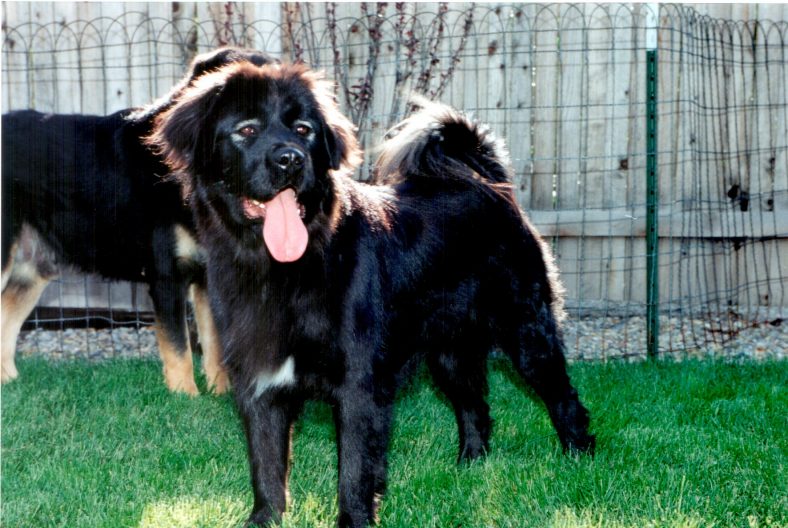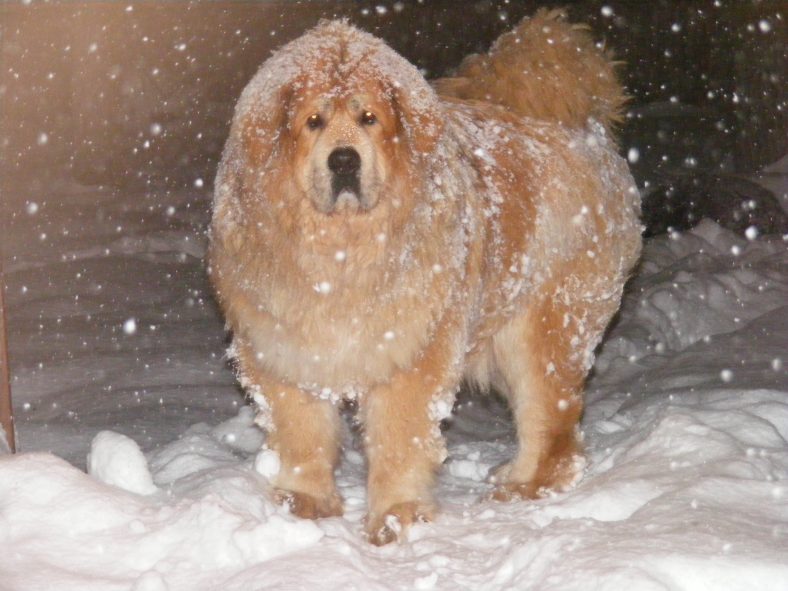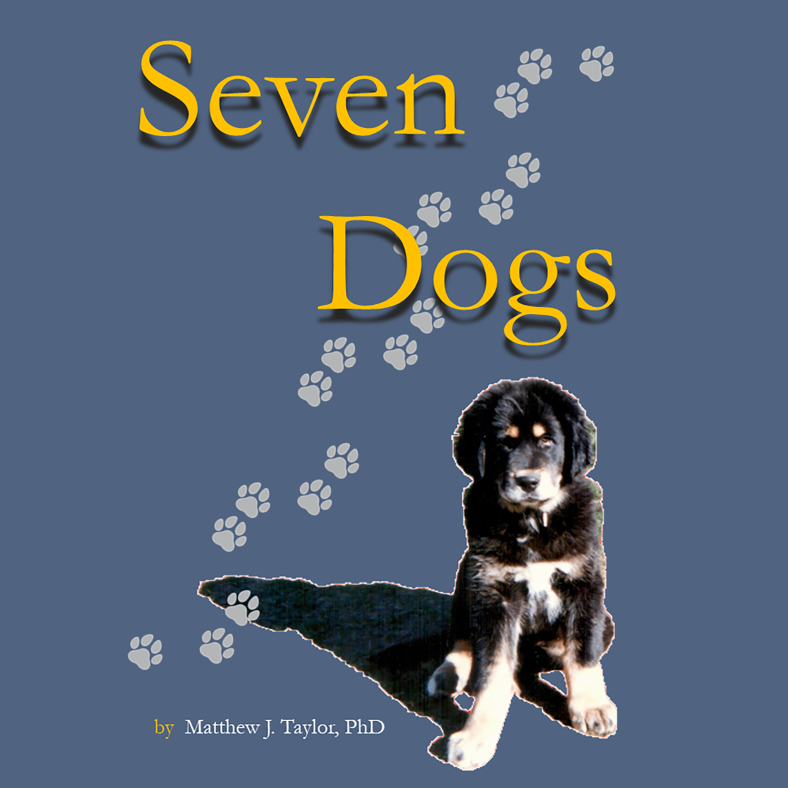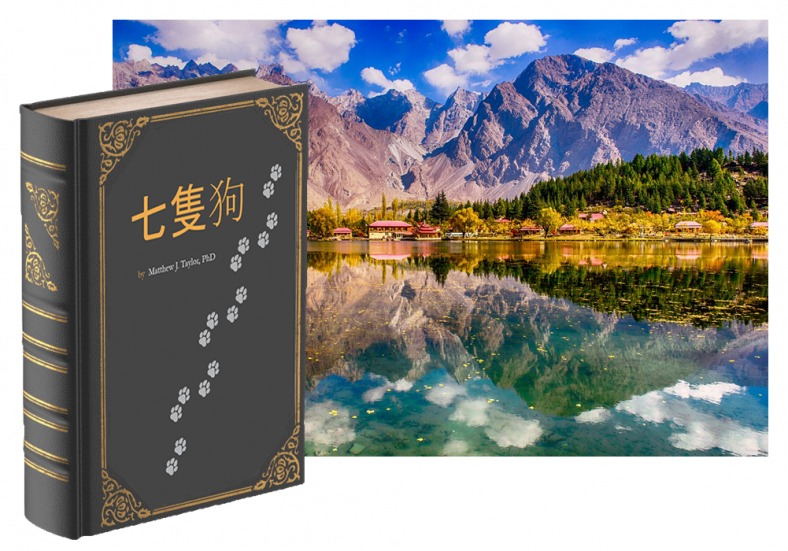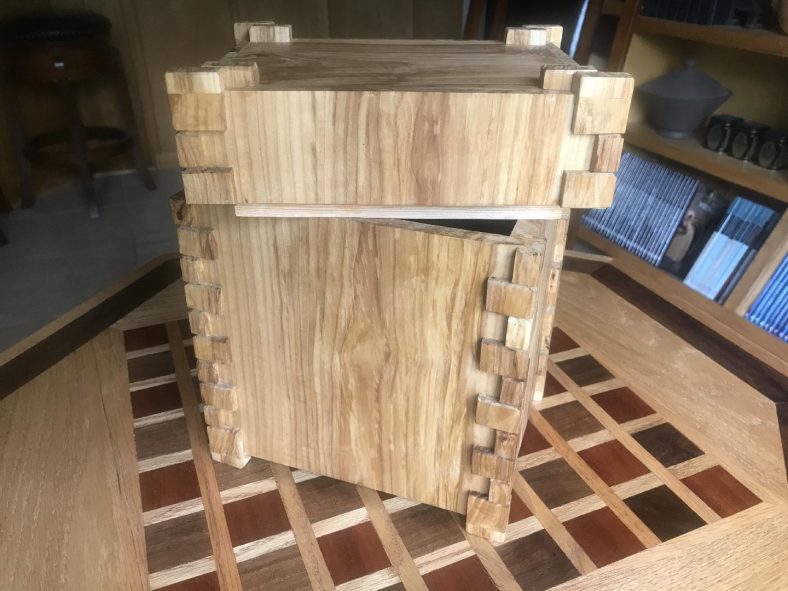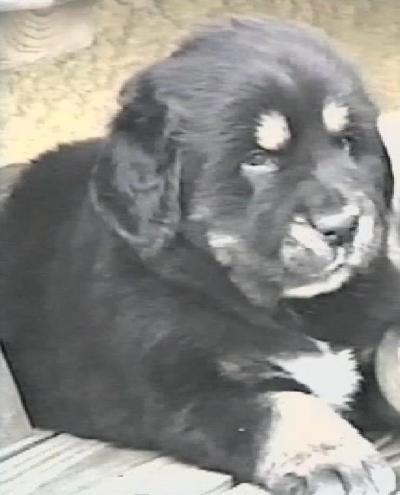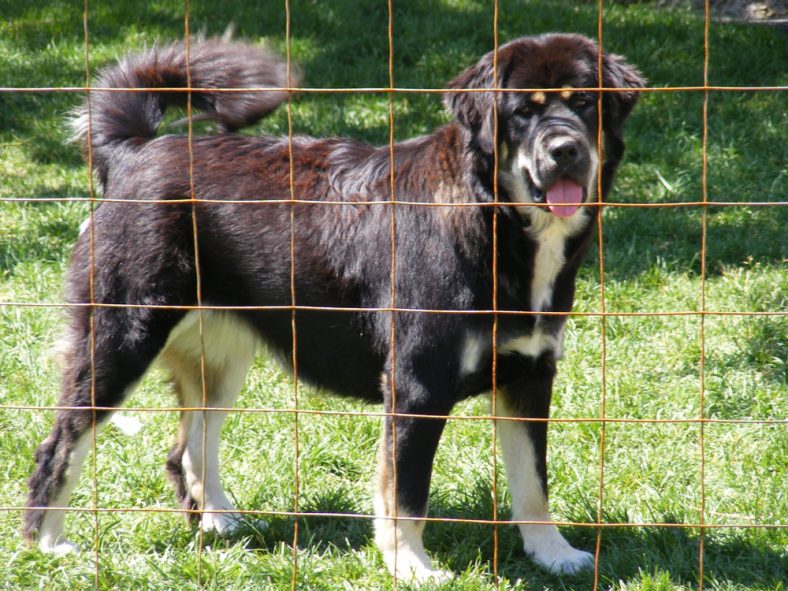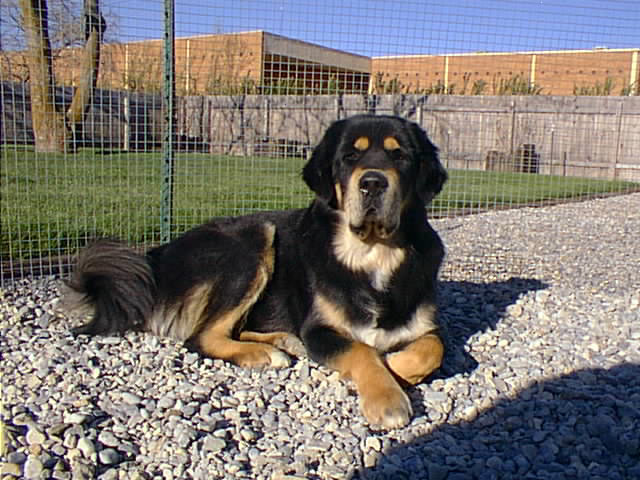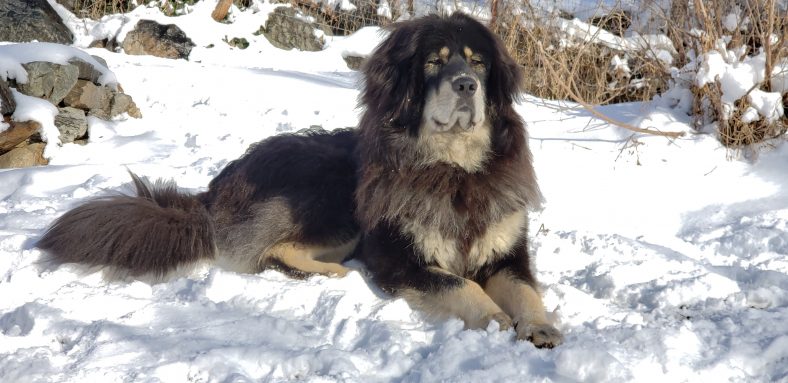I taught technical writing to graduate students for decades. At first, I modeled my instruction on examples I had experienced over my lifetime. More often than not, this meant at least one large document assigned near the end of the term. What a pain. Not for my students; for me.
Grading some of these manuscripts was easy. In every class, there were students who wrote as well, if not better, than I did. I would read through the best assignments to the end, make a comment here or there to show that I read the entire paper, then give top marks on the front page. For every other submission, I would read for a bit, take a break, read for a bit more, take another break, and so on. Along the way I would scribble comments and corrections while shouting expletives. I wasn’t angry, just frustrated. I knew that future steps for these students were going to be difficult. In my office I displayed a large, and ever-growing set of empty red pens whose blood was spilled on these end of semester battlefields. And I displayed them with mournful pride.
At some point I realized that there must be a better way. I still needed to assign the big paper, but I decided to break its creation into manageable pieces. This gave me several chances to provide feedback in smaller chunks to hone my students’ writing skills before they tackled the final boss. I’m not sure that my students appreciated the extra work, for them or for me, but this new approach always started the same conversation. How were they to know when they had written something well – before they turned it in to me?
Of course, designing or outlining the paper before being written is essential, but the students were most often talking about post-production editing. To that, my answer was presented in tiers. The lowest tier, which everyone does naturally, is to read the work back to yourself. This method will correct the most obvious flaws. The next tier is to have someone else read it and have them share their comments and corrections. This method has mixed results and depends heavily on the skills of the other person and your relationship to them. Using romantic partners can be tricky here. The third tier is to read it out loud yourself – an informal audiobook. This exposes so many things reading silently can’t. It’s an amazing and fun experience. The final tier is to have someone else read your work out loud to you – a celebrity performed audiobook. Nothing gives an author a better sense of rhythm, emotion, pacing, etc. than having a naïve reader cold-read the text out loud. It can be quite the informative shock when the wheels come off.
When I tell people that my book is also available as an audiobook, they always ask who I got to perform the reading. I just give them a judgmental stare until they realize they have insulted my budget as well as my acting skills. I read my book out loud as I wrote it, taking my own advice; so, I was confident when the time came to create the audiobook recording. I very much enjoyed reading the story for you, and I really hope you take the opportunity to listen for yourself.
